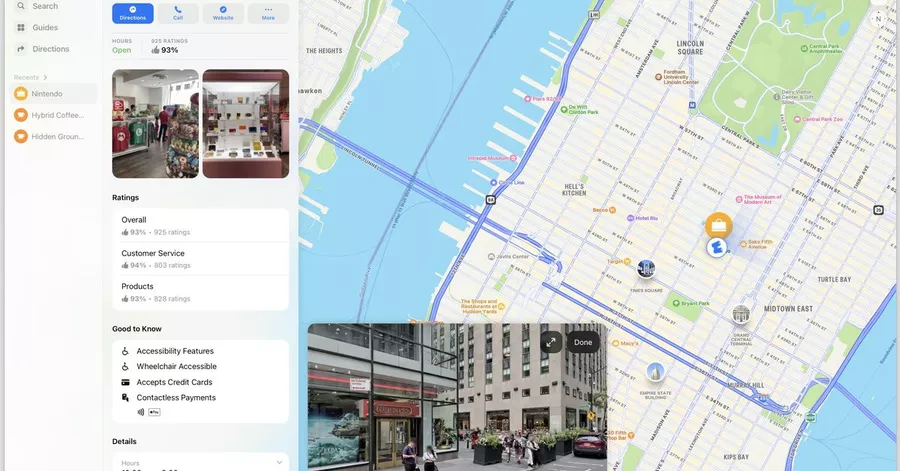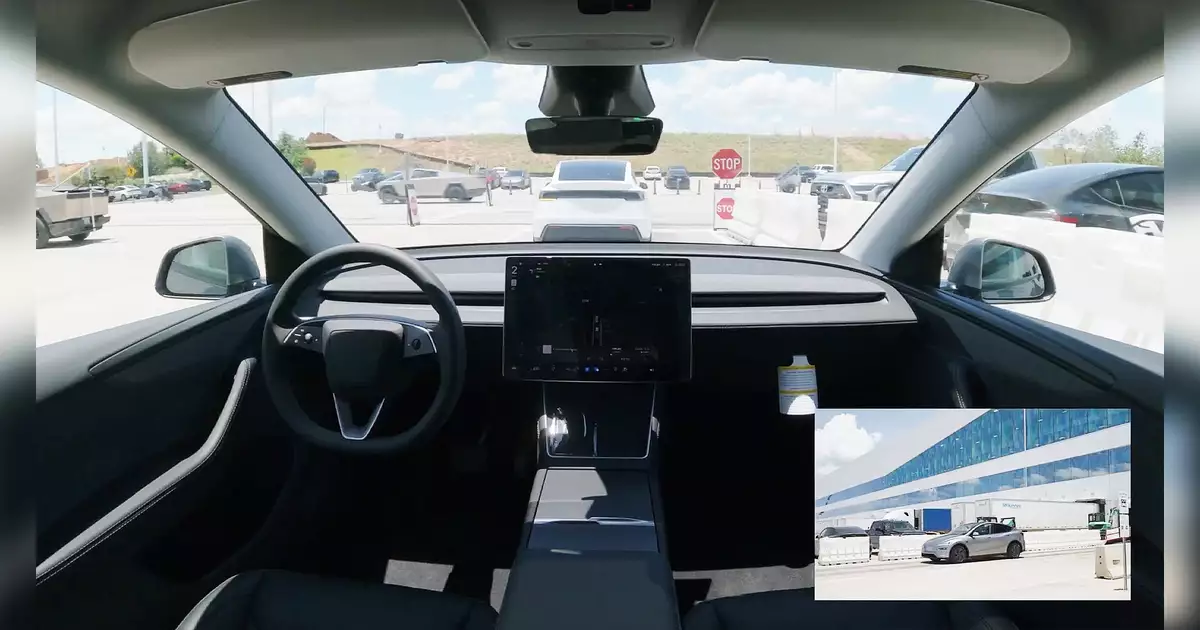Apple Expands Web Functionality of Maps with Look Around Feature
Apple has taken a significant step in enhancing its web-based mapping service by introducing the Look Around feature to Apple Maps on the web. This addition brings street-level views to several major cities, allowing users to explore urban environments from a first-person perspective directly through their web browsers.
The Look Around feature can be easily accessed by clicking on the binoculars icon within the map window. Users can then navigate through cityscapes by clicking and dragging to change their viewpoint, offering an immersive experience similar to that found in the Apple Maps app on iOS, iPadOS, and macOS devices.
This update builds upon the initial web beta launch of Apple Maps, which included basic functionalities such as searching for points of interest, viewing ratings, browsing area Guides, and obtaining directions. The integration of Look Around significantly narrows the gap between the web version and its app counterparts, although some personalization features remain exclusive to the app, such as searching addresses from contacts or saving locations to a Library.
Industry observers note that this expansion puts Apple Maps in a more competitive position against other mapping services. Some users report a smoother experience with Apple’s Look Around compared to Google’s Street View, particularly when using Apple Maps on Mac devices. However, it’s worth noting that Apple’s coverage is not yet as extensive, with some locations, including Baltimore, MD, still unsupported by Look Around.
Apple provides a comprehensive list of cities with Look Around support on its website, and the ongoing expansion of this feature suggests a continued effort to improve Apple Maps’ capabilities and reach. As the web version of Apple Maps continues to evolve, it may attract more users seeking an alternative to established mapping services.
The introduction of Look Around to the web version of Apple Maps represents a significant step in Apple’s strategy to create a more robust and user-friendly mapping experience across all platforms. As the service continues to develop, users can expect further enhancements and expanded coverage in the future.




 By
By
 By
By
 By
By
 By
By


 By
By

 By
By







![A person sits on a blue chair during a discussion at an event. They appear thoughtful, wearing a dark jacket and a light shirt, with a blue backdrop featuring the text "HUMAN[x]."](https://biztechweekly.com/wp-content/uploads/2025/07/metas-14.3b-scale-ai-investment-sparks-surge-in-competitor-growth-and-client-shifts-in-ai-training-market.webp)